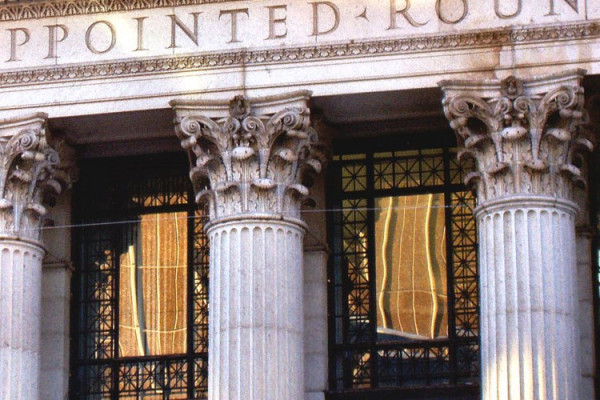Architectural order of Ancient Rome and Ancient Greece: types, features, models

In this article we will talk about what architectural orders there are, how they differ from each other, and what they mean. We will add links to 3D models so that you can produce products in this style on CNC machines.
There were three key architectural orders in ancient Greek and Roman architecture. This is a type of architectural composition that includes decorative elements of both horizontal and vertical types. First of all, in relation to columns, pilasters, etc.
The architectural order is divided into three parts: pedestal, column and entablature.
The column itself also consists of 3 main parts: the base, the fust and the capital. The entablature in turn includes: an architrave, a frieze and a cornice.
Kinds:
There are three types of ancient Greek and Roman architectural orders:
- Doric
- Ionic
- And Corinthian
- Each order has its own specific style, shape, and features.
The Doric order is the earliest. It is quite strict, simple, devoid of a lot of decoration, and laconic. For example, a column does not have a base, the trunk can be supplemented with flutes (longitudinal lines, grooves), the upper part is decorated with a simple capital.
Ionic – has ease of proportions and smooth lines. A characteristic feature is the presence of capitals complemented by volutes (two symmetrical curls). Named after one of the tribes that inhabited Ancient Greece. An example is the Temple of Artemis of Ephesus (part of the “Seven Wonders of the World”).
The Corinthian order is the most elegant and solemn of all three orders. The impression of solemnity is achieved, first of all, due to the unusual capital, reminiscent of a bell or a basket (narrower at the bottom, widening at the top), richly decorated with acanthus leaves.
If the Doric order is considered more “masculine”, and the Ionic – “feminine”, then the Corinthian order is called “maiden”, it coincides in proportions with the Ionic, but is distinguished by greater grace. Regarding the Corinthian order, there is a legend that the ancient Greek master, who became the founder of this style, while walking in the vicinity of Corinth, saw on a burial mound a basket through which the leaves of an acanthus plant had sprouted and formed a kind of bouquet. This is what inspired the master to create columns with a new type of capital. However, according to another version, this is just a beautiful legend. And capitals of this type appeared long before this story.
At the same time, despite the clear distinction between styles, orders were often combined in Greek architecture. For example. The Parthenon has preserved a Doric order colonnade, where the friezes are made in the Ionic style (the columns located inside the building are also made in the same style).
Architectural order in the modern world:
In modern architecture, the Corinthian order is most often used, but elements of other architectural orders can be added. Most often, architects use it when decorating buildings. However, in some cases, columns can also decorate the interiors of premises.
Nowadays, the material for the manufacture of columns and other architectural elements is not only stone, but also wood, fiberglass, polyurethane foam, polymer concrete, gypsum, polyurethane and other materials. Modern materials are often moisture resistant, strong, durable, and moderate in weight.
Manufacturing:
The easiest way to make any columns is using a CNC machine. A computer-controlled machine replaces manual labor and allows you to produce high-quality and beautiful products in the shortest possible time. With extreme precision, he cuts out decor of any complexity on the material. Or it is used to create forms for further filling of material.
Products made on the basis of Corinthian or other architectural orders refer to the classics, create the necessary impression, and help to obtain an interior or facade of a building made in a classical style direction or in the spirit of modern classics.
Models:
Our website presents a huge range of models that allow you to CNC produce columns and other decor.
With our models you can get high-quality and beautiful products.
See sections:
- 3D models of capitals
- Column 3D models
- 3D models of historical high reliefs and bas-reliefs
- 3D models cornice
- Acanthus 3D models
- Frieze 3D models
You can choose the model format (stl or 3d max). Or order an individual development of the model (according to your technical specifications, taking into account photos, sketches, comments).
If you have any questions, contact us in any way convenient for you.
You may be interested in other articles on the site:
Milling plastic on CNC machines. Specificity. Models.
Gypsum on CNC. Features of working with gypsum. Models for machine tools.
Milling and processing of foam plastic and expanded polystyrene on CNC machines. 3d models
Dictionary of carved decor: meaning of terms. And 3D models for CNC machines.



